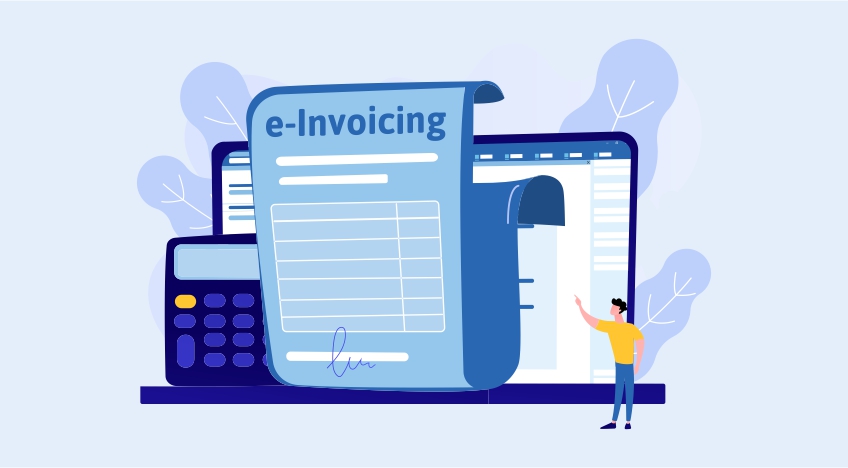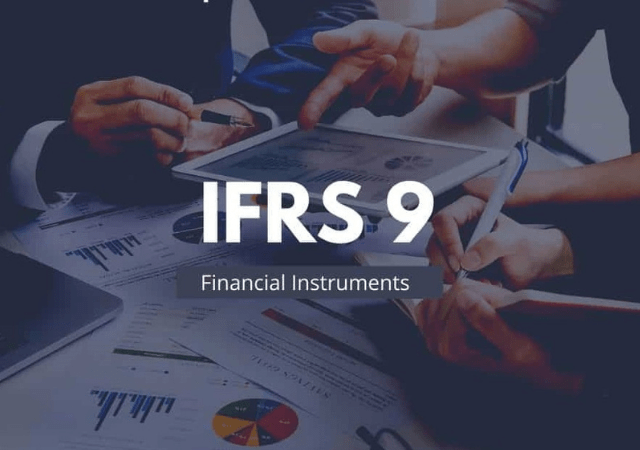GST InvoiceNow Requirement: What Businesses in Singapore Need to Know
Overview
IRAS and IMDA have introduced the GST InvoiceNow Requirement, marking a major shift from paper-based invoicing to structured digital reporting through the InvoiceNow network. This move helps businesses stay compliant, improves accuracy, and reduces admin work.
What Is InvoiceNow?
InvoiceNow is Singapore’s nationwide e-invoicing system, built on the global Peppol standard. It allows businesses to send and receive invoices in a structured digital format. Accounting systems connect to IRAS through InvoiceNow-Ready Solutions and accredited Access Point (AP) providers, ensuring data flows automatically and securely.
Implementation Timeline
The rollout will happen in stages:
| Date | Affected Businesses | Details |
|---|---|---|
| From 1 May 2025 | Early adopters (existing GST-registered + new applicants) | Voluntary participation starts |
| From 1 Nov 2025 | Newly incorporated companies applying voluntarily | Required for GST registration |
| From 1 Apr 2026 | All new voluntary GST registrants | Mandatory requirement |
| Beyond | Existing and compulsory GST-registrants | Expansion expected, timelines to be confirmed |
👉 In short: adoption begins voluntarily, but IRAS will make it mandatory step by step.
Who Is Exempt?
Some businesses are exempt from this rule:
-
Overseas entities, including those under the Overseas Vendor Registration (OVR) scheme.
-
Businesses registered under the Reverse Charge regime.
Most GST-registered companies must eventually comply, but these special cases are excluded for now.
Scope: What Data Must Be Sent?
Companies must submit invoice data through InvoiceNow for transactions reported in GST returns.
✅ Included:
-
Standard-rated supplies
-
Zero-rated supplies
-
Standard-rated purchases (where input tax is claimed)
❌ Excluded:
-
Deemed supplies (e.g., internal transfers)
-
Reverse charge imports
-
Non-sale exports
-
Exempt financial services
-
Import permits and some overseas transactions
Businesses should carefully check which invoices fall under this reporting rule.
Transmission Standards & Deadlines
You must send invoice data to IRAS by the earlier of:
-
The GST return filing date, or
-
The return due date
Transmission happens via API through an accredited AP—not by manual upload. Each invoice must include details like UENs, amounts, GST treatment, and other key elements from the e-Tax Guide.
Benefits of Using InvoiceNow
Adopting InvoiceNow brings several advantages:
-
Simpler compliance – invoicing, reporting, and submission are integrated in one flow.
-
Greater efficiency – fewer manual entries, fewer mistakes, and faster processing.
-
Smoother audits – improved risk detection may lead to fewer audits and quicker GST refunds.
-
Built-in checks – alerts for incorrect GST charges reduce compliance risks.
How to Prepare
Here’s how businesses can get ready:
-
Check your accounting system – confirm it is InvoiceNow-Ready or linked to an IMDA-accredited AP.
-
Register for InvoiceNow – get a Peppol ID through the SG Peppol Directory using your UEN.
-
Set up API connection – integrate with your AP to send invoice data directly to IRAS.
-
Test & activate – run test submissions, confirm uploads, and allow 3–12 months for smooth onboarding.
Final Takeaway
The GST InvoiceNow Requirement signals Singapore’s move toward fully digital tax compliance. Early adopters will enjoy easier reporting, fewer errors, and stronger efficiency. Whether you are a new registrant or an existing GST-registered company, preparing now will give you a head start and ensure smooth compliance in the future.
📌 Disclaimer: This article is for informational purposes only and does not constitute professional advice. Contact our professional advisors for tailored guidance.
Sources: https://www.iras.gov.sg/taxes/goods-services-tax-(gst)/gst-invoicenow-requirement




